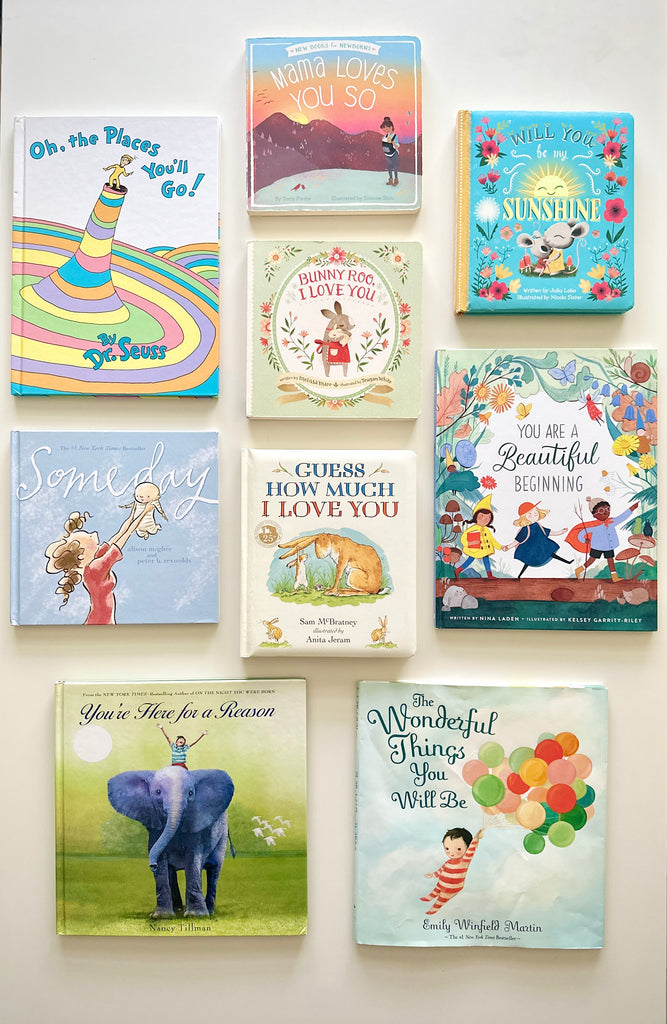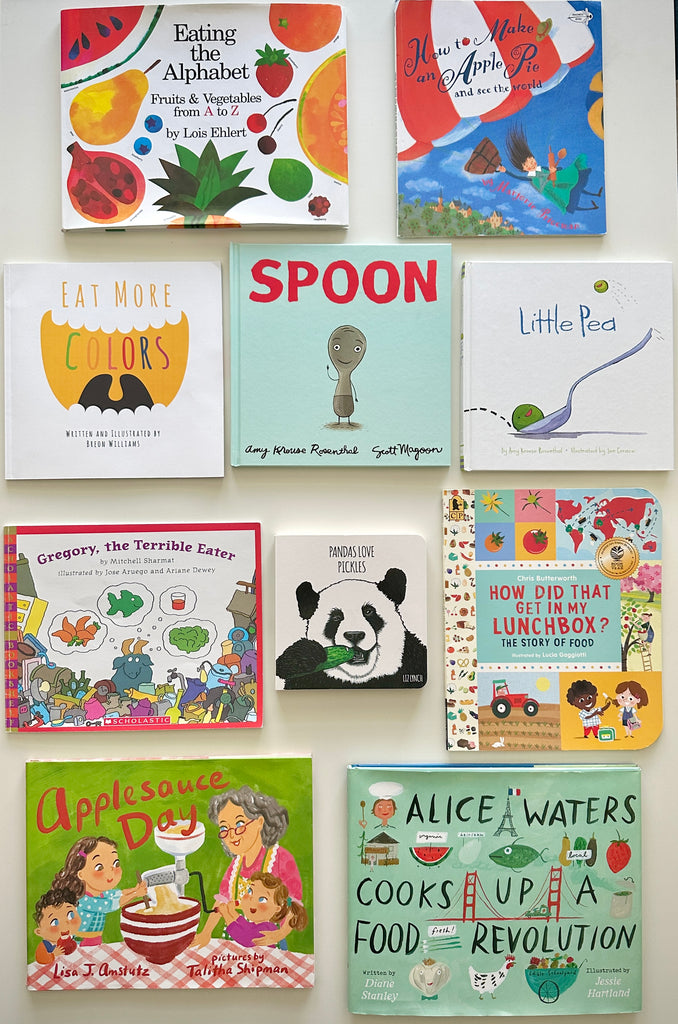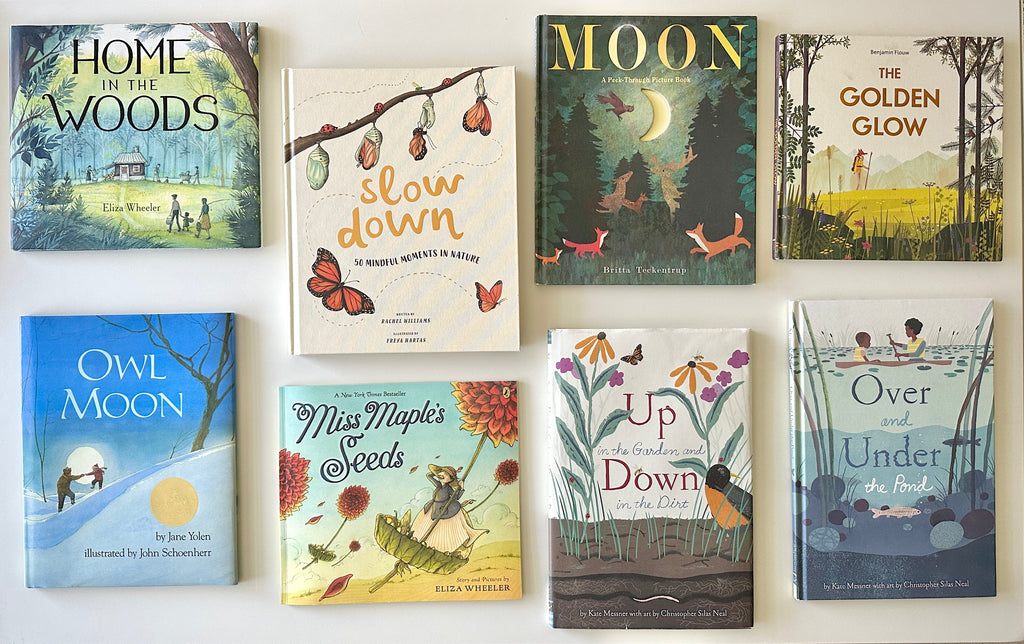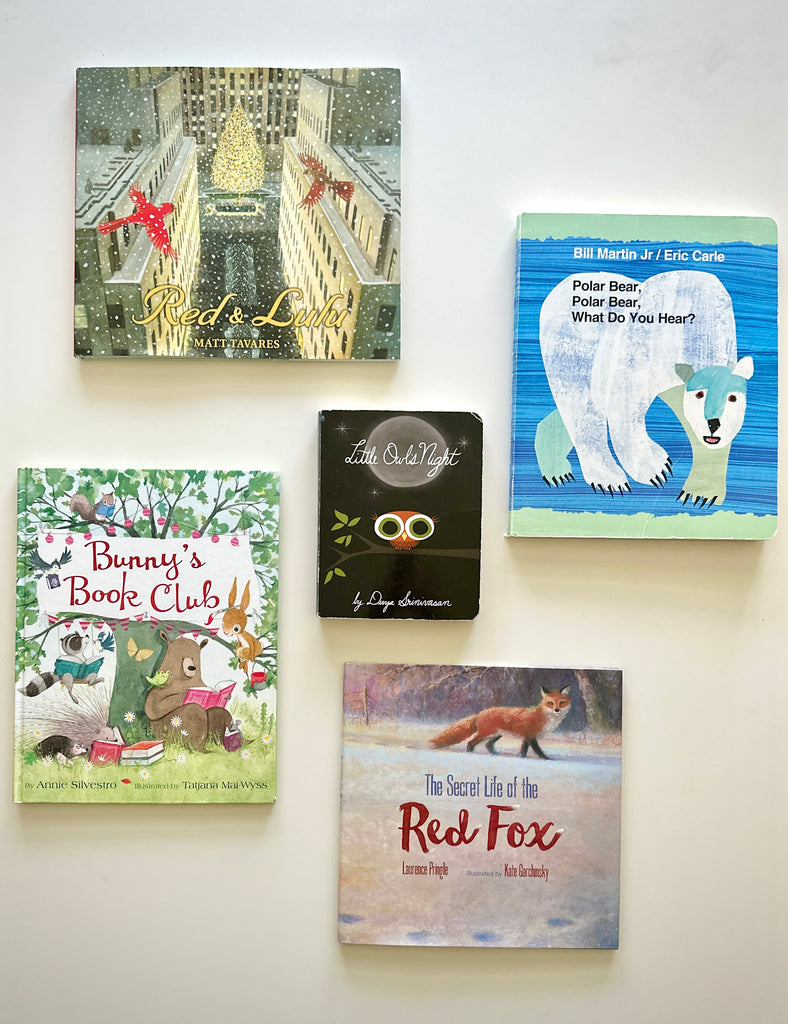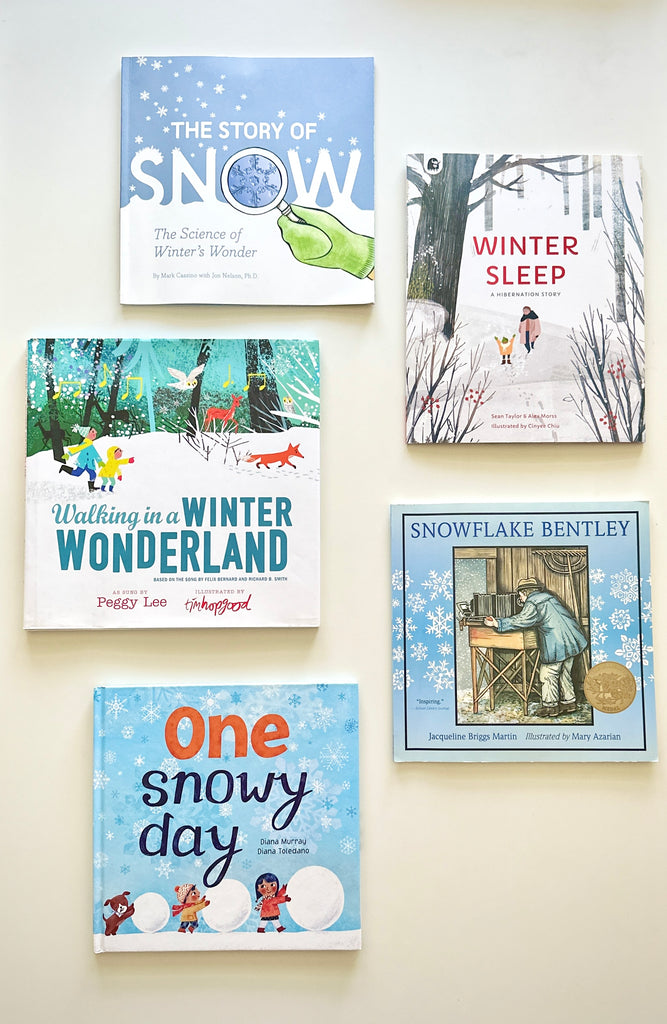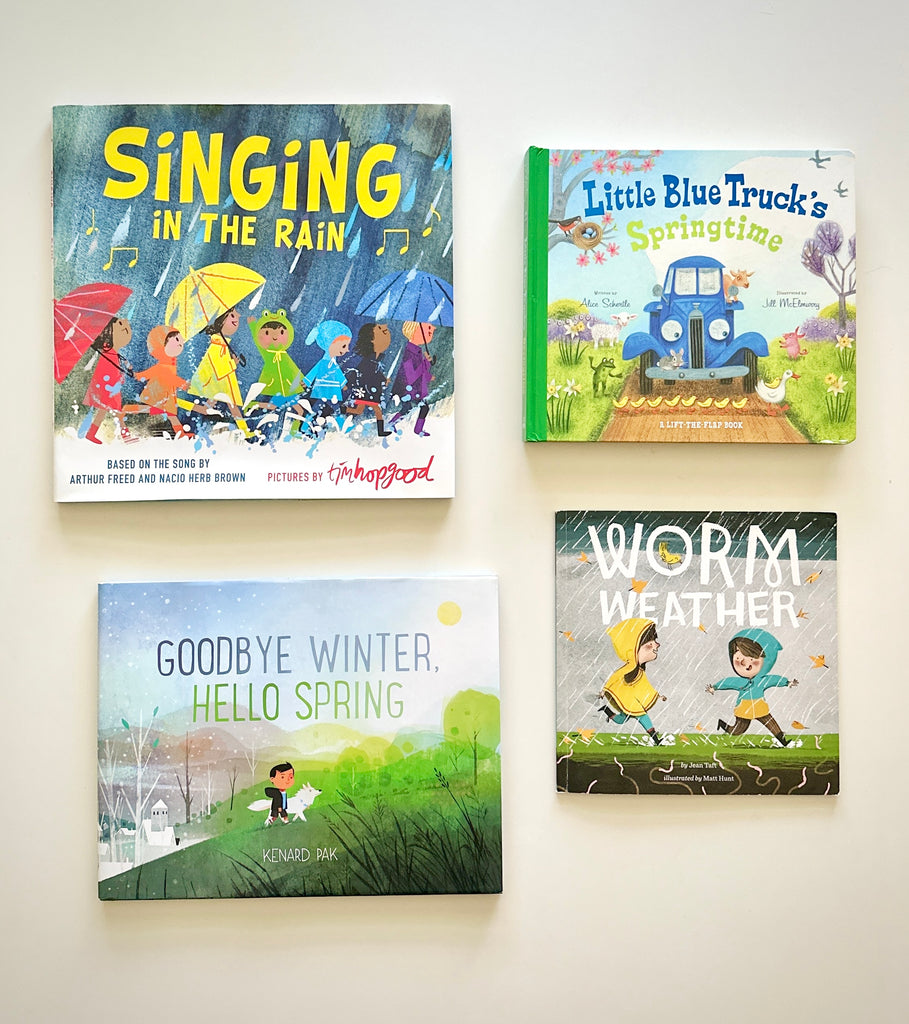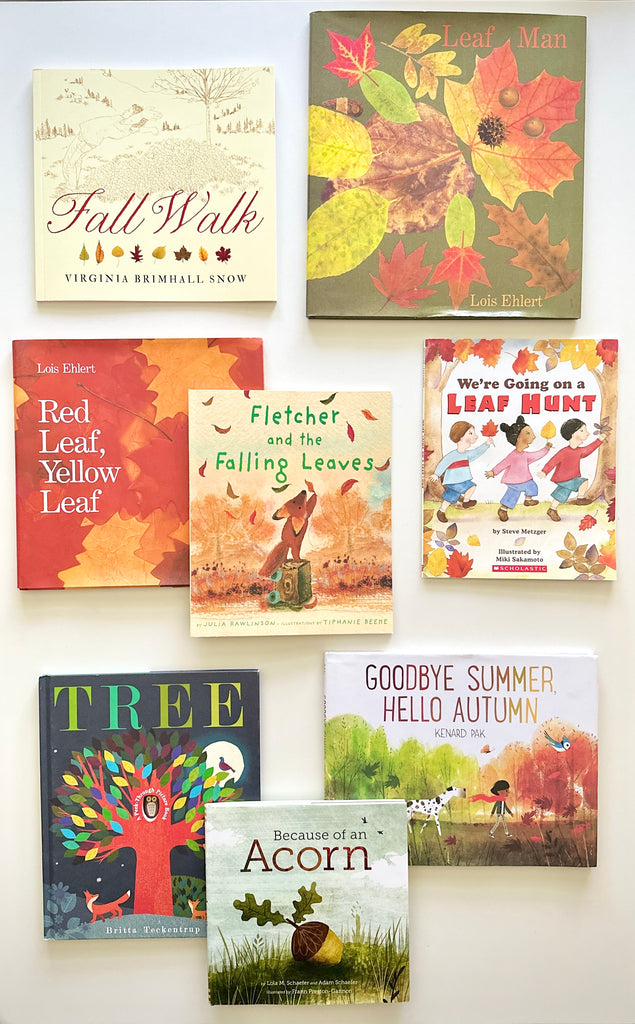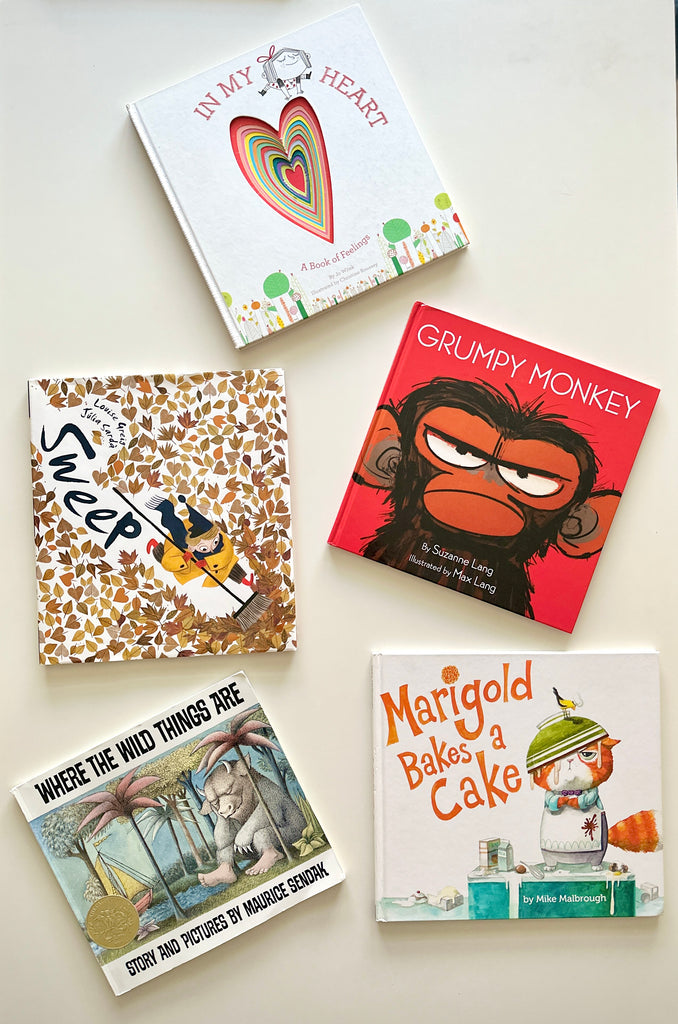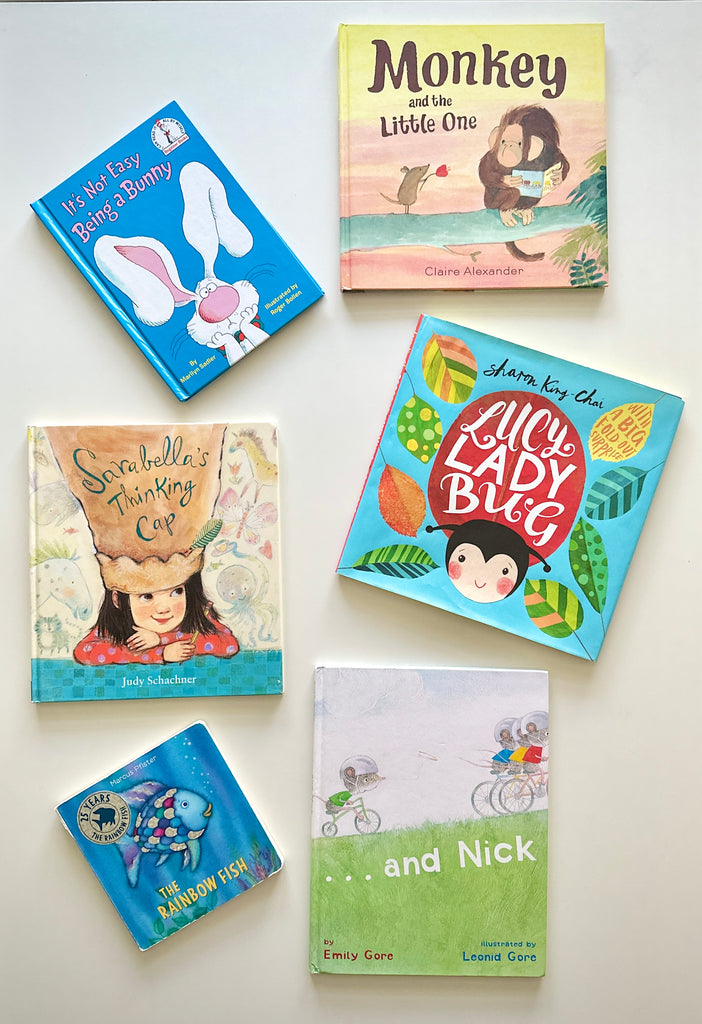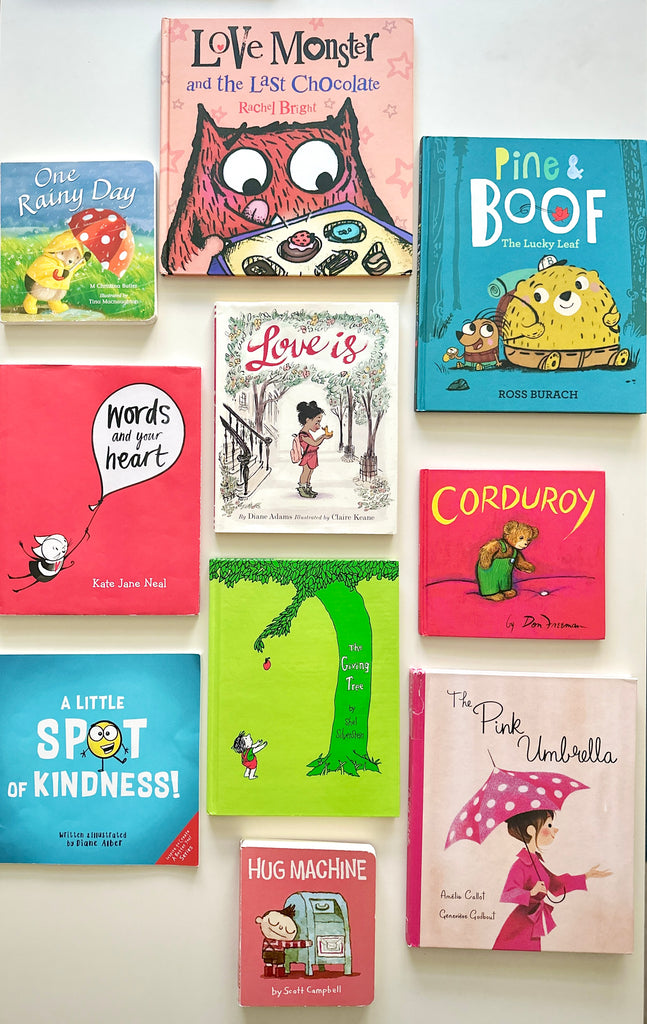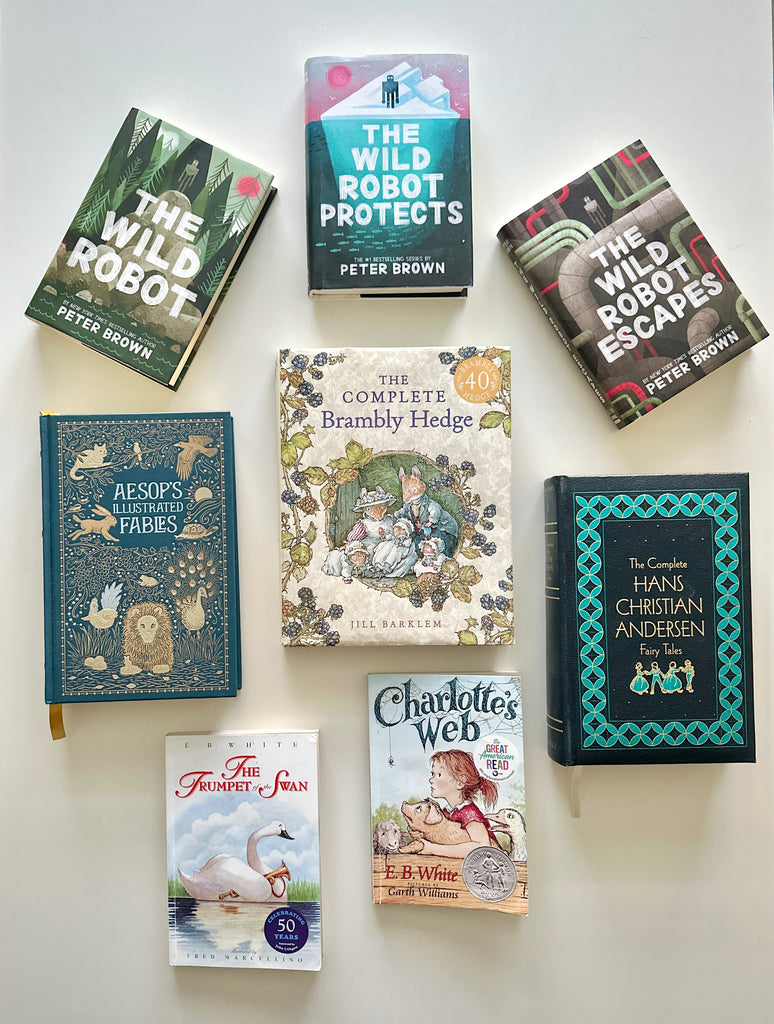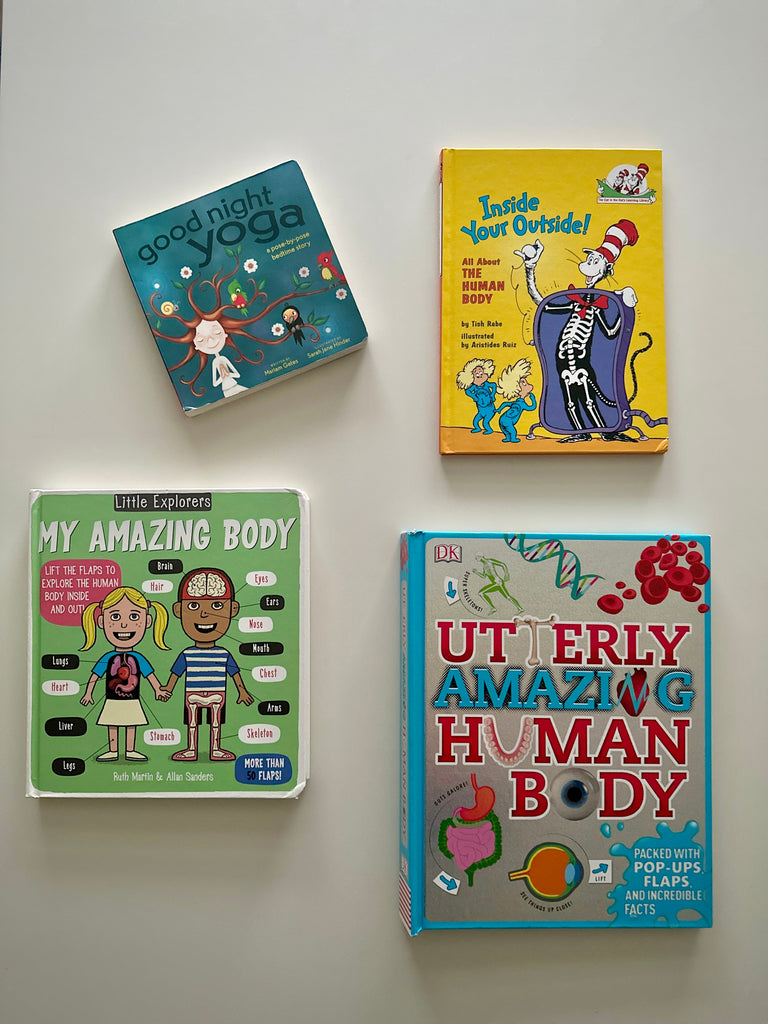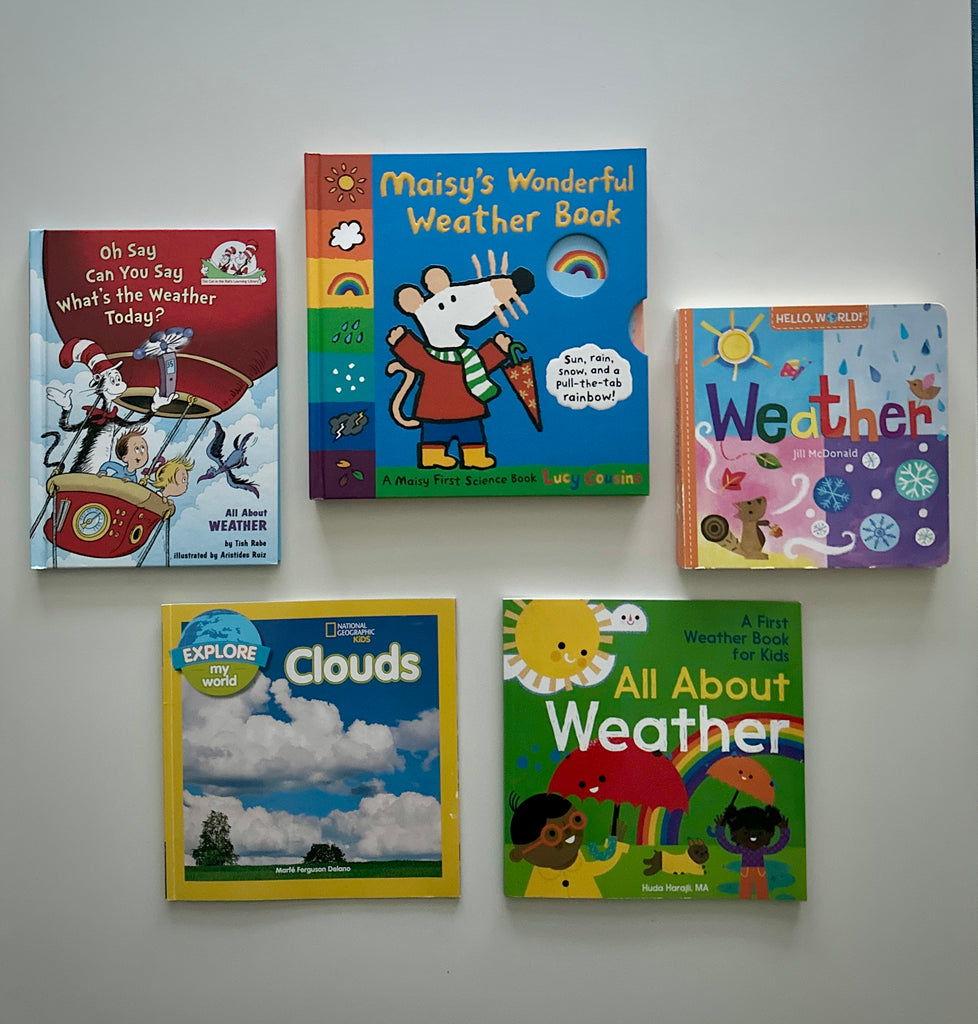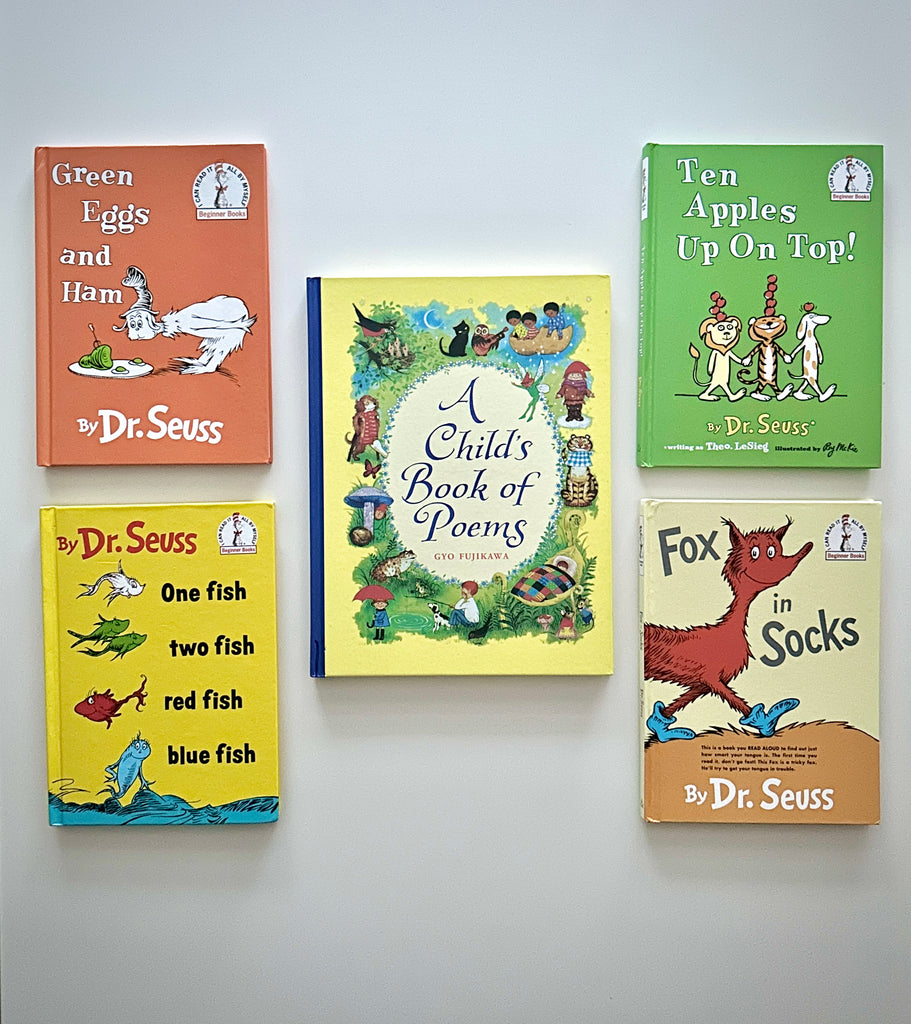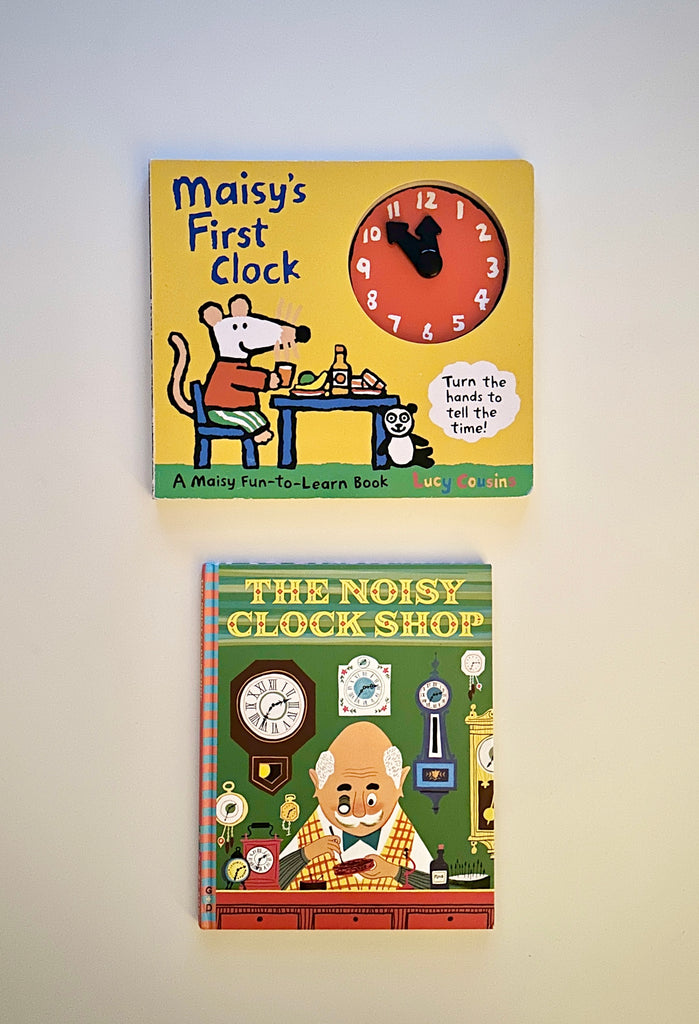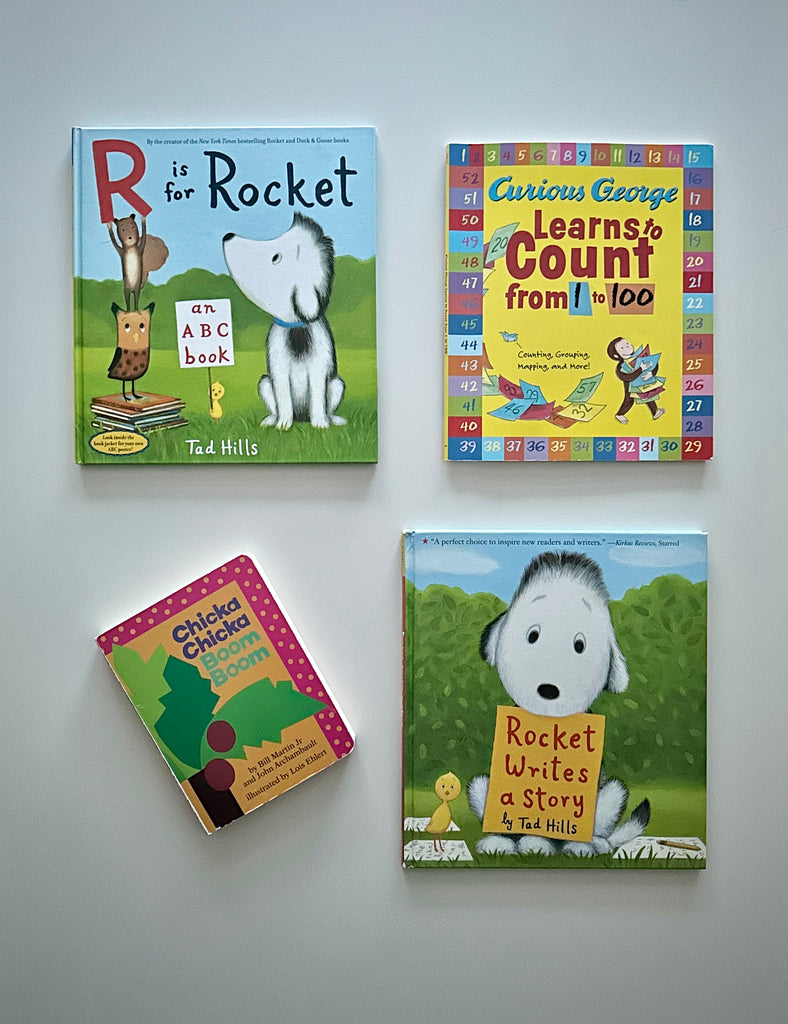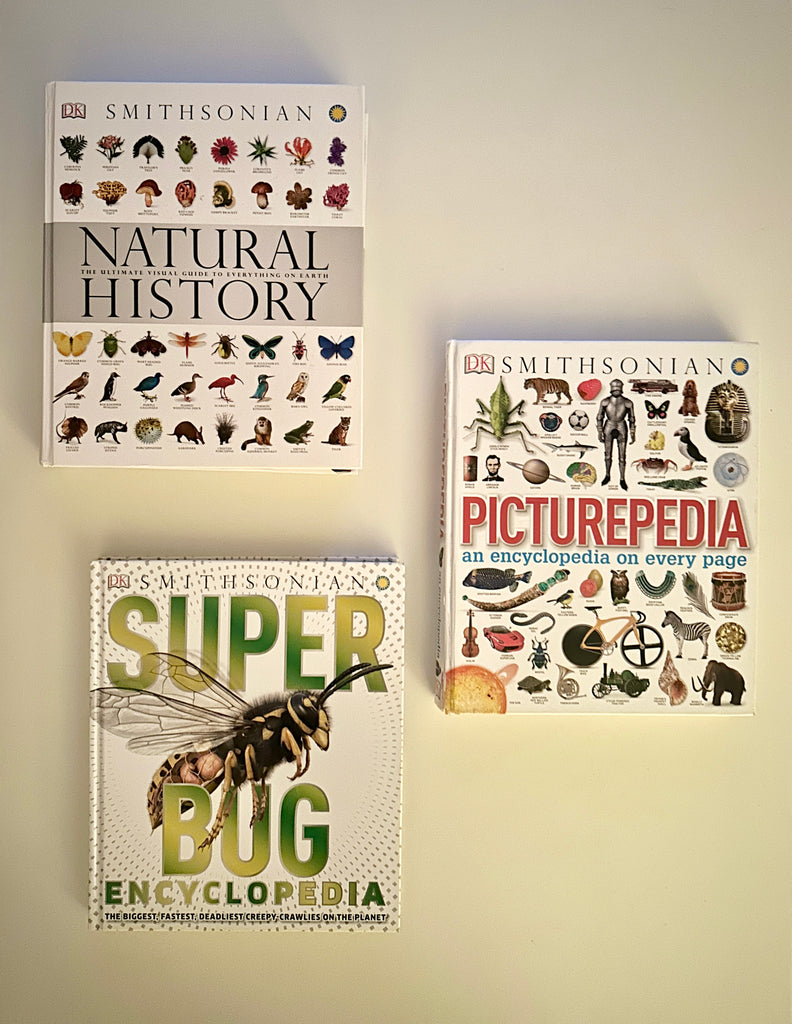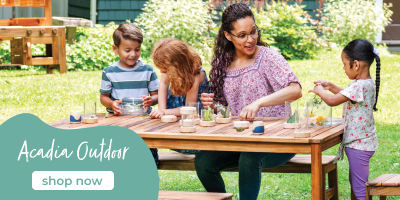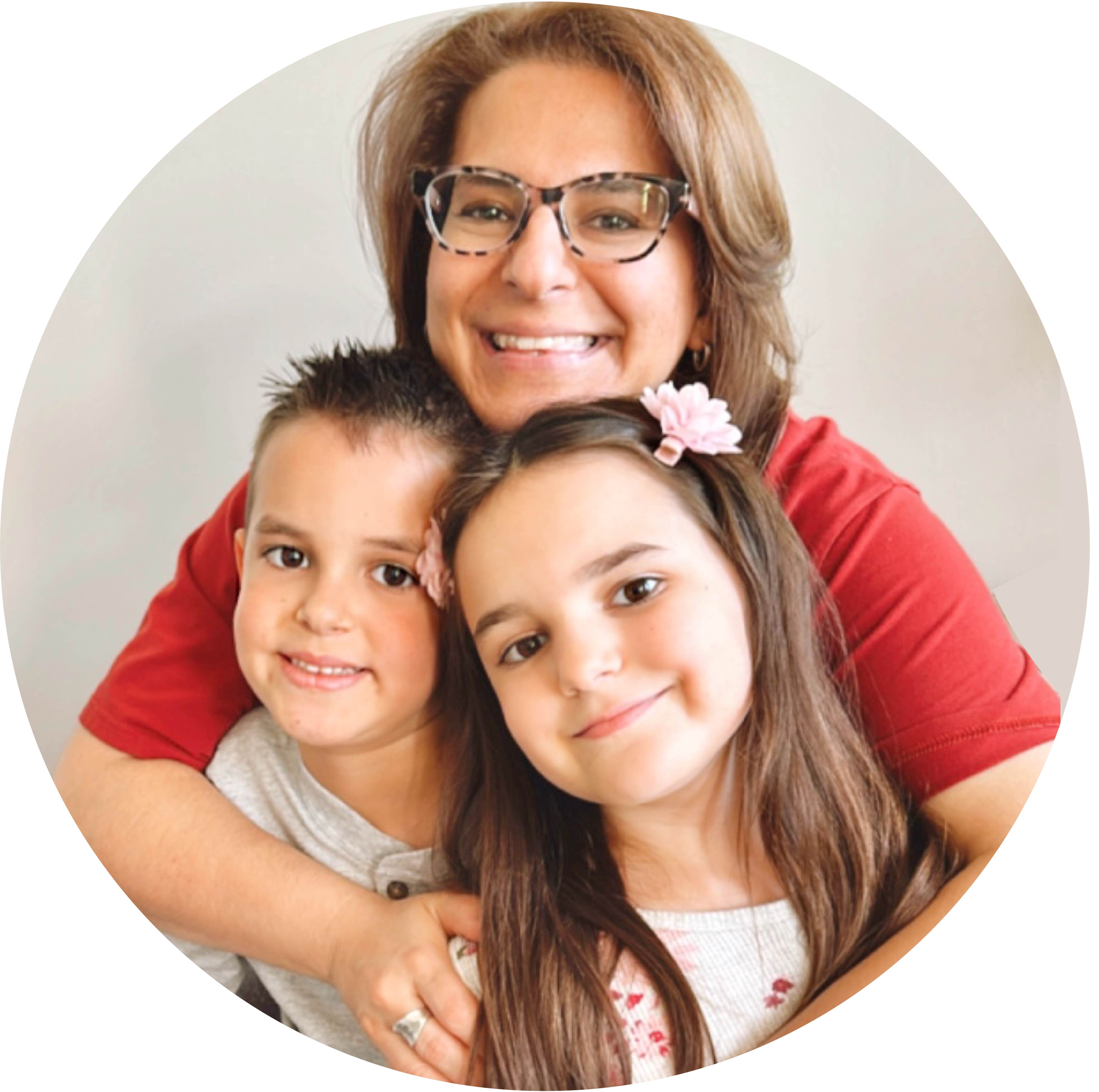Tips from a Homeschool Mom: Best Books for Babies, Toddlers and Kids
Raising learners with a lifelong love for reading can start as early as the newborn days. Starting with high contrast books with little to no text while your infant's vision is still developing can help both vision and brain development. As your baby gets older, reading books and magazines out loud to them will familiarize them with your voice, develop a sense of comfort, and help to boost their social-emotional, vocabulary, and literacy skills.
Depending on your family's schedule or preferred routines, you may find you like to read at meals, as a calming mid-day activity, or at bedtime. There is no limit to how often you should read. Even when reading a book within the same room as your child, you are modeling a love for and interest in reading.
The following are some of our favorite books for babies, toddlers, and young children.
Books for Babies 3-4 Months Old
By 3-4 months you and your baby can start looking through picture books together. Your baby may have certain books that they like to hear over and over again; the repetition helps your child become familiarized with the story and predict what happens next.
Options we love for infants:
1. Interactive books
2. Textured or touch and feel books
3. Finger puppet books
4. Books with mirrors
5. Books with bright colors and contrast
Here are some examples of our favorite titles:
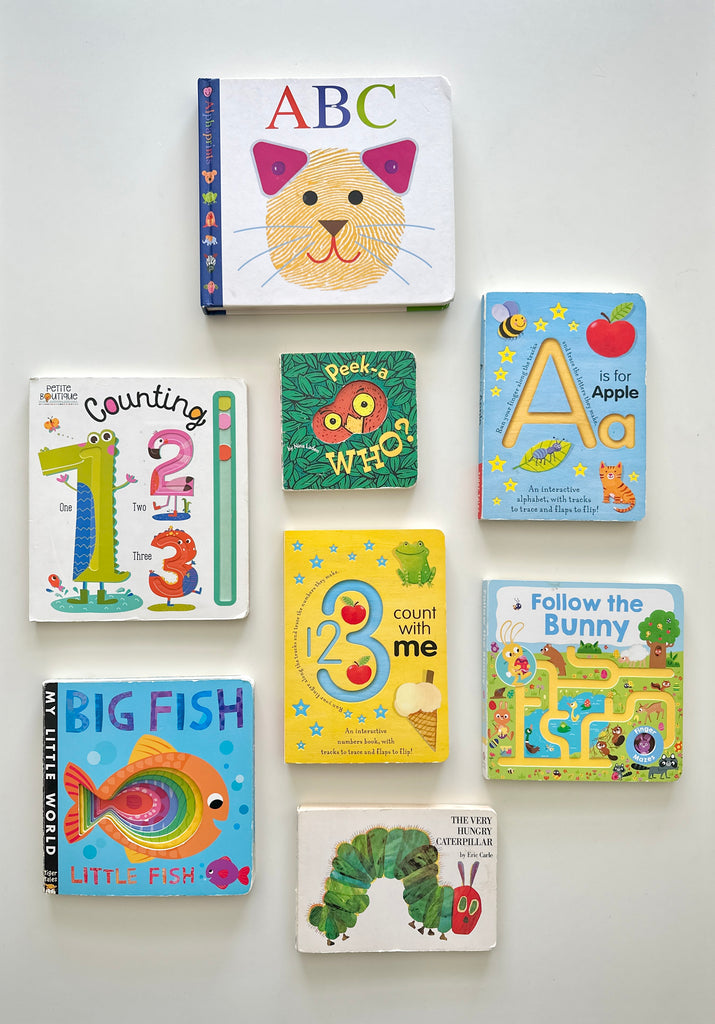
Eric Carle's The Very Hungry Caterpillar has sturdy flap pages with open holes on each food illustration, that can be touched while counting.
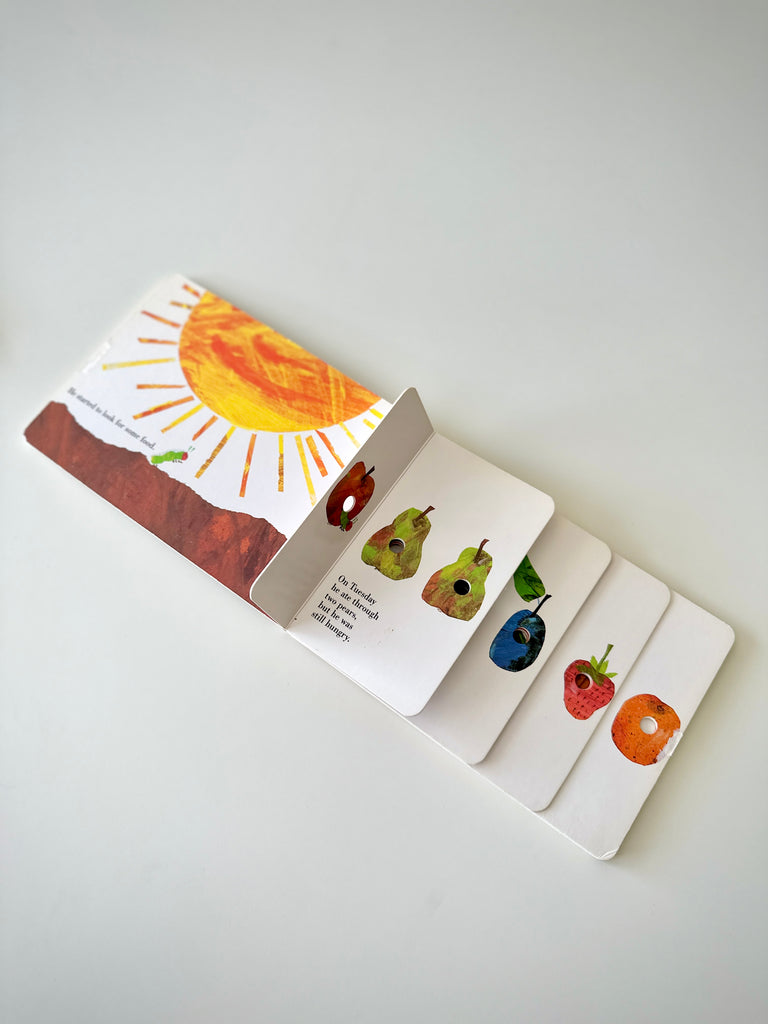
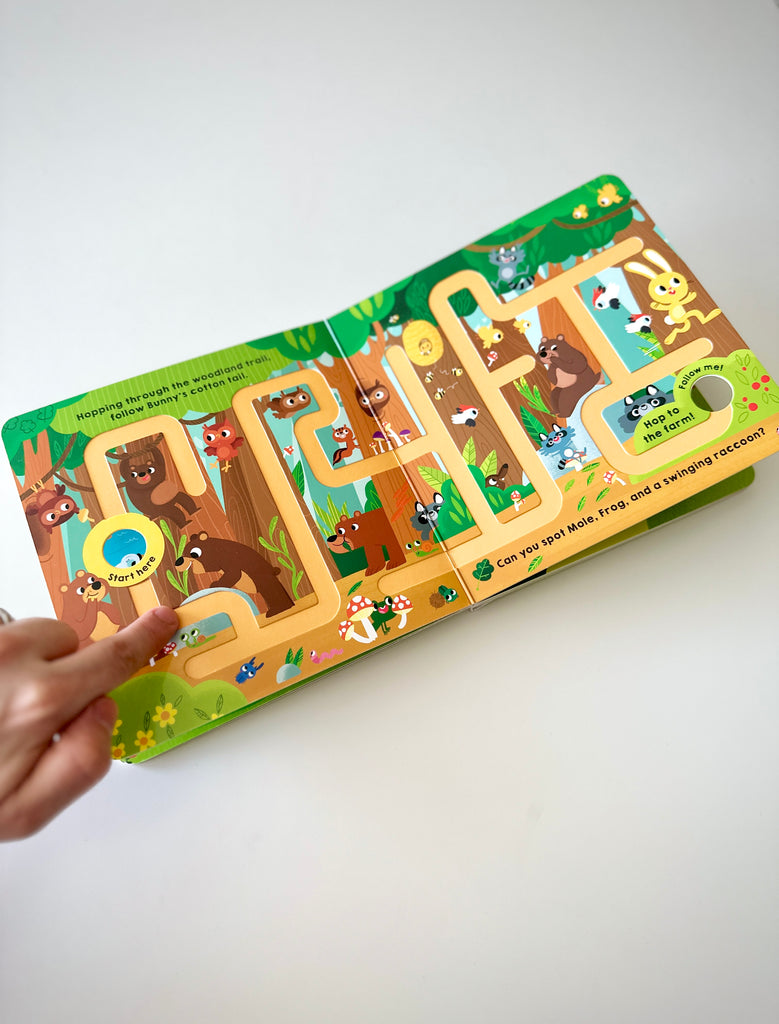
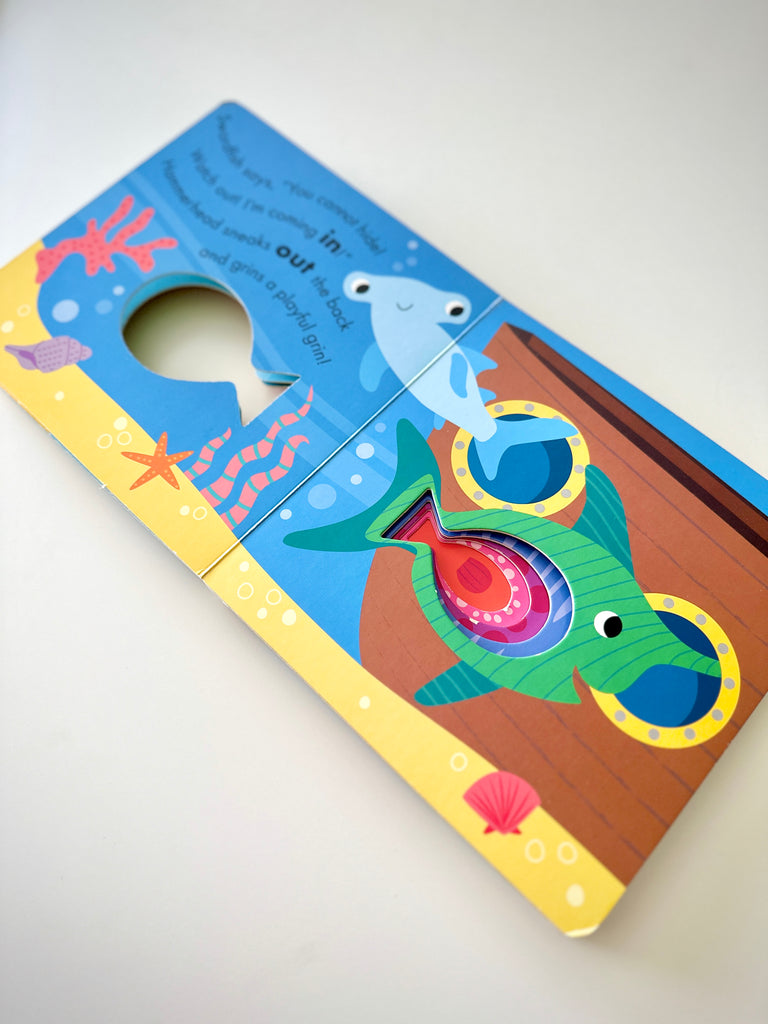

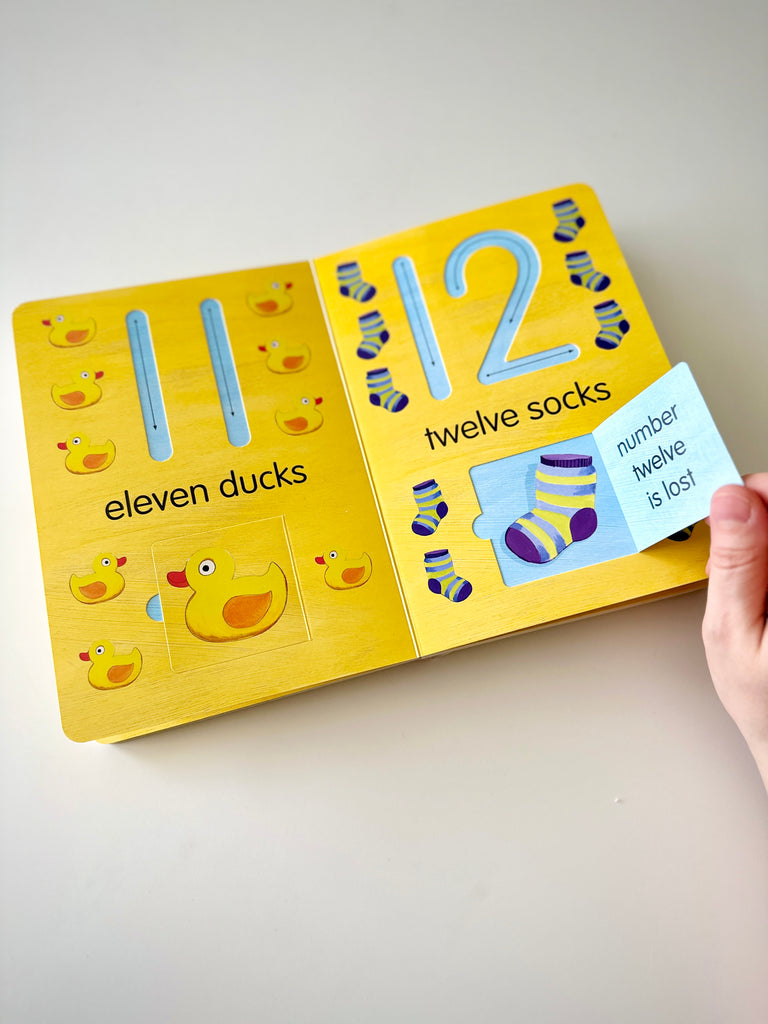
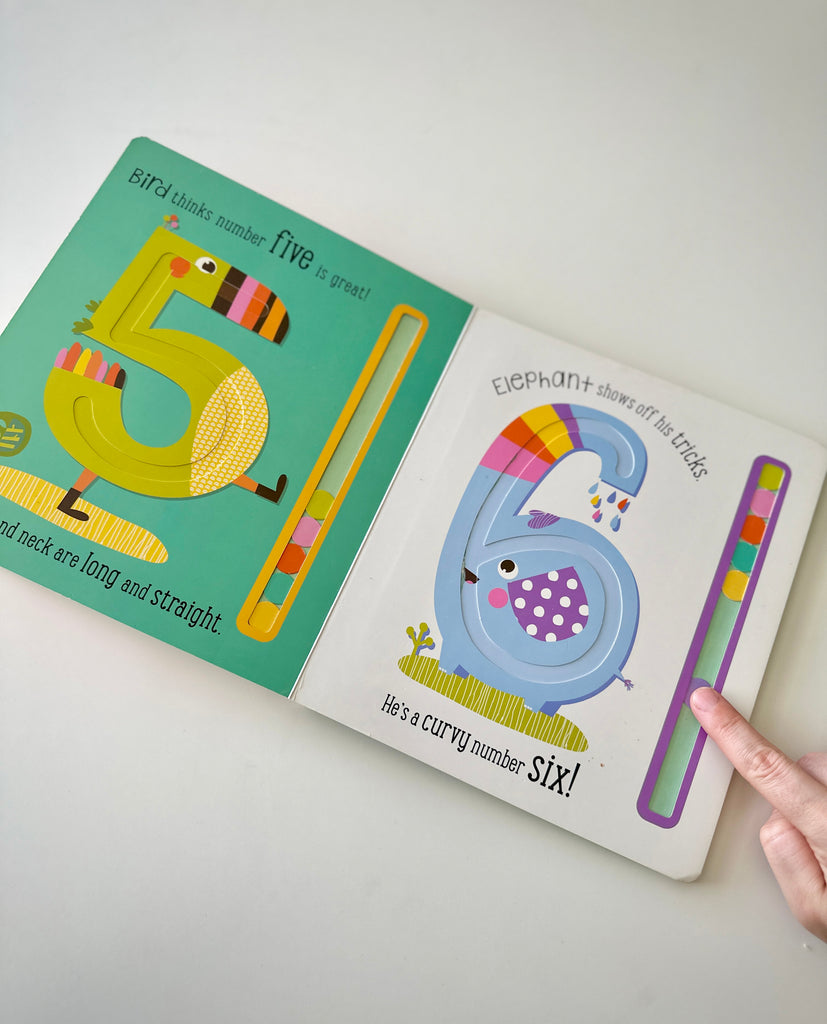
Books for Infants 6-12 Months Old
Between about 6-12 months, your baby will start to babble and sound out words. Hearing stories repeatedly and listening for inflections, helps guide their language development.
Books for Toddlers 12-18 Months Old
By this age, these boom options are developmentally appropriate:
1. Books that explore words, colors, shapes, and animals
2. Books with a couple of sentences per pages
3. Books that involve rhyming or singing
4. Books that provide prompts and questions about image details
The following books are great for working on early learning skills such as letters, numbers and colors, while working in some art history, theory and even design:
White Rabbit's Colors by Alan Baker provides a visual introduction to primary colors.

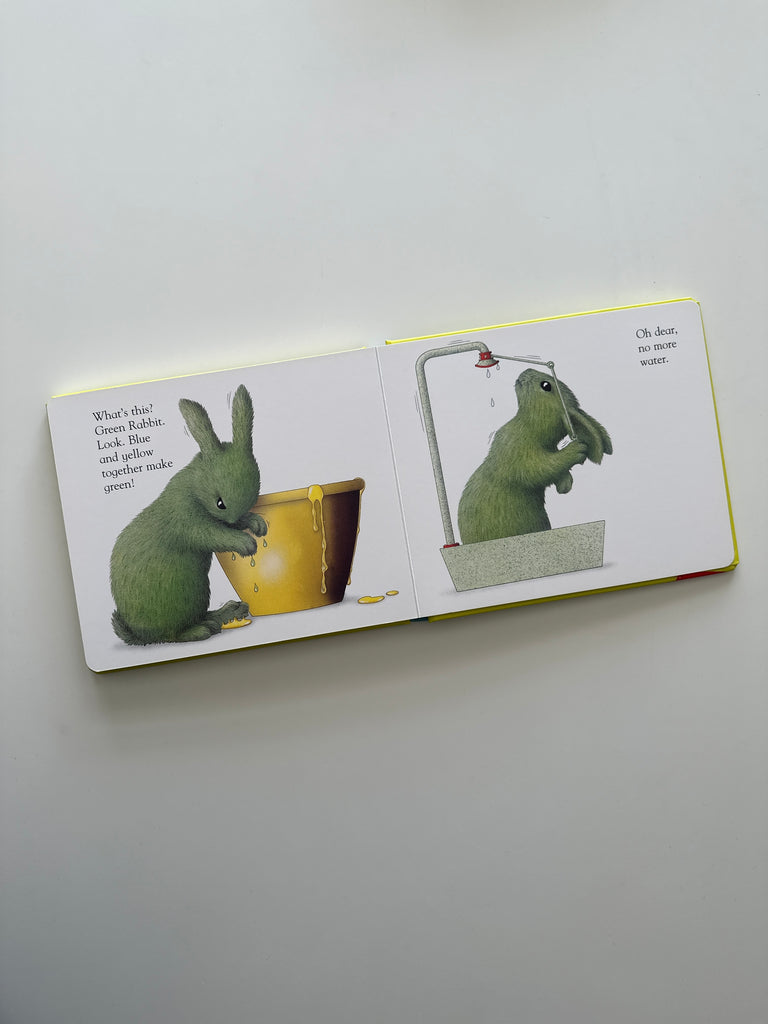
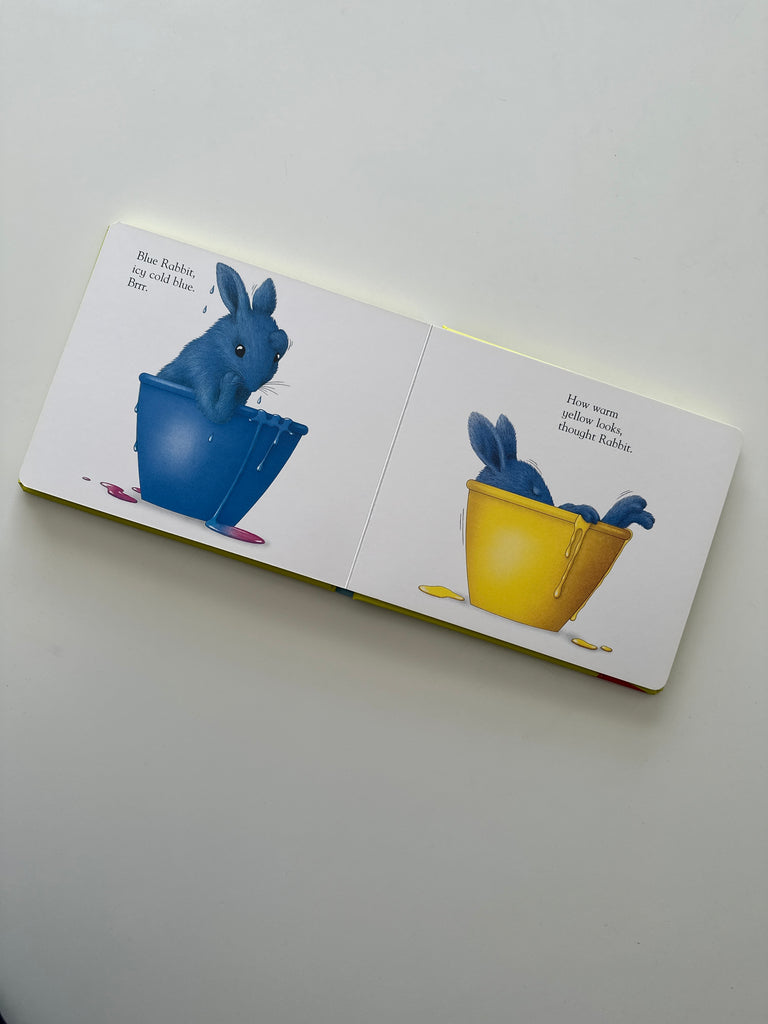
Pantone Colors is a great introduction to colors and their variations.
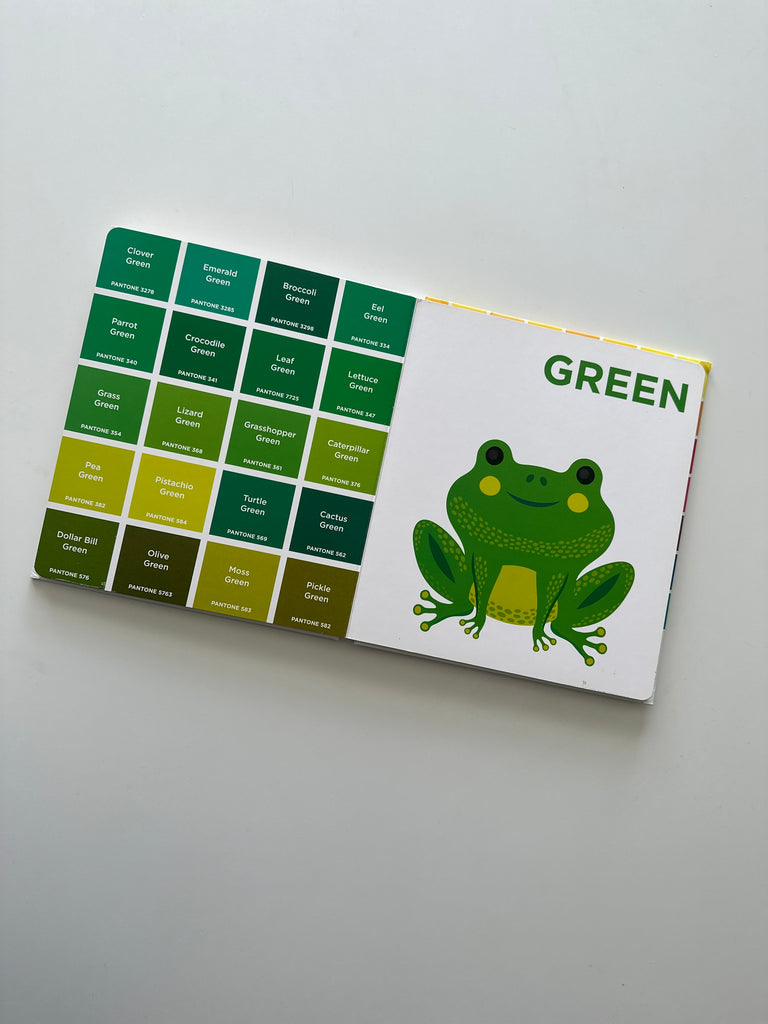
ABCs of Art and 123s of Art, both by Sabrina Hahn, are early literacy and numeracy books that teach numbers and letters while tying them into art history. 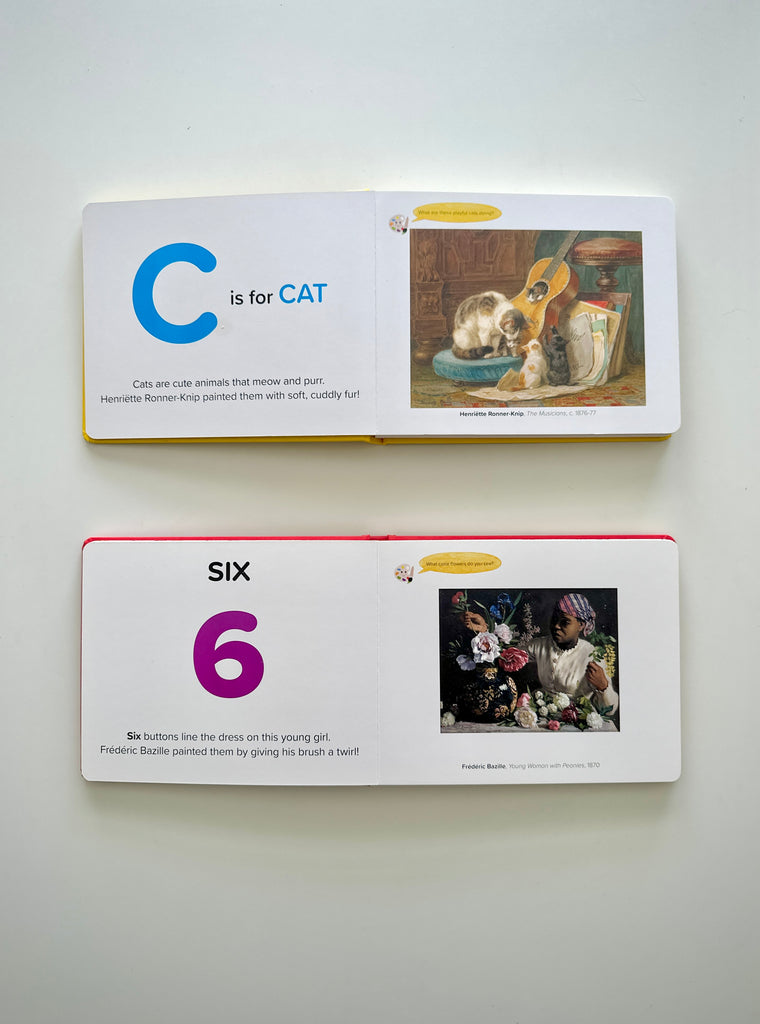
Math-terpieces, The Art of Problem-Solving by Greg Tang takes a fun approach to numeracy, by counting related visuals from famous paintings and including a short rhyme about each painting or artist.
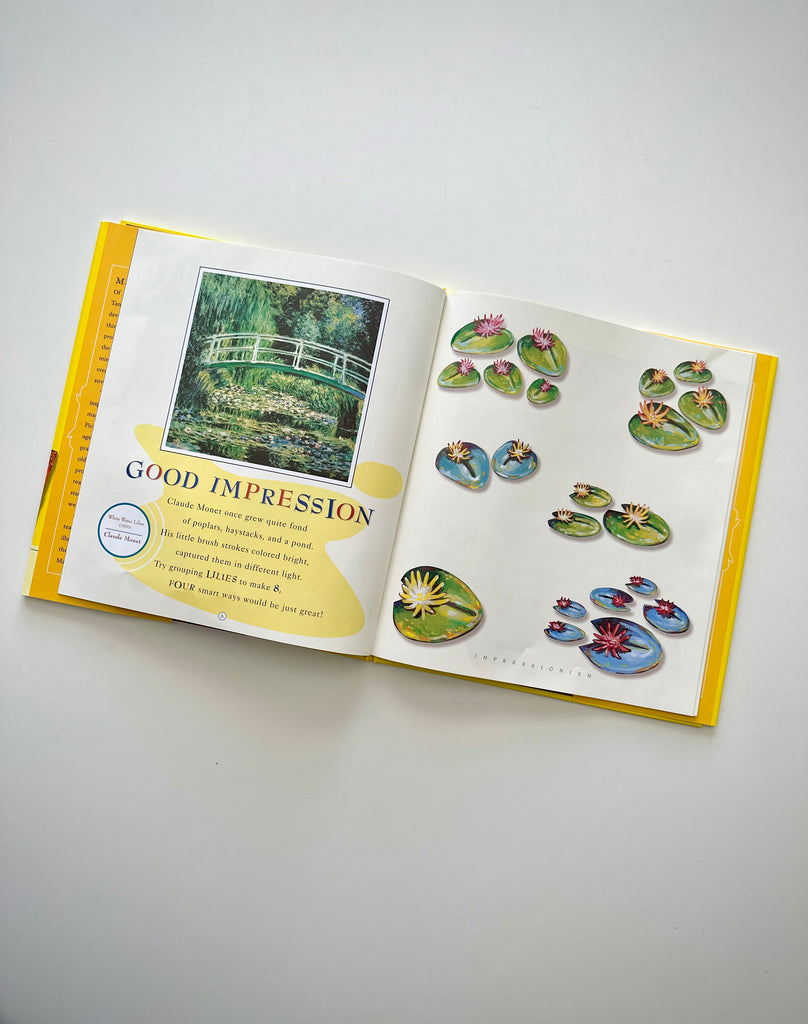
Books for Toddlers 18 Months and Up
By this time, your toddler will find comfort in the routine of reading, whether with you or looking through books on their own. Leave out developmentally appropriate books in an accessible, familiar area for your child to create an invitation for them to explore.
At this stage, we enjoyed books based on these topics:
1. Emotions
2. Food and nutrition
3. Animals and insects
Books for Preschool-Aged Children
Reading the same books of interest to your young child repeatedly, helps them to further develop their language development and gain confidence in being able to predict what happens next. A book series is a great way to change up the same story, but keep in theme with your child's interests. Calming books that have rhyming and nighttime or bedtime visuals and language help lead up to bedtime.
My children enjoyed books based on the following topics, specifically:
1. Books that capped the day and that create a segue to bedtime
2. Books with positive affirmations that helped to start or end our day/
3. Books that highlight child and adult bonding
4. Books with words of love, support, or encouragement
Other favorites:

